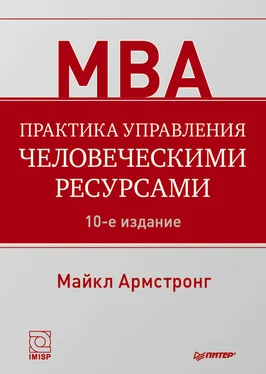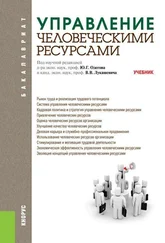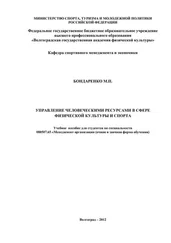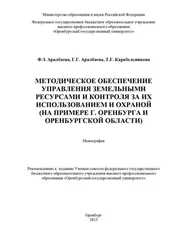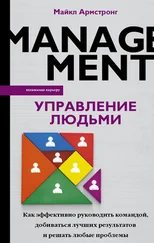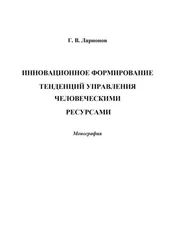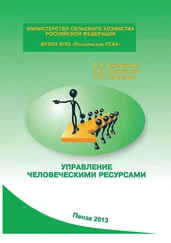576. Munro Fraser J. A Handbook of Employment Interviewing, Macdonald and Evans, London, 1954.
577. Murlis H., Fitt D. Job evaluation in a changing world, Personnel Management, May, pp. 39–43, 1991.
578. Nadler D. A., Tushman M. L. A congruence model for diagnosing organizational behaviour, Resource Book in Macro-Organizational Behaviour, R. H. Miles (ed), Goodyear Publishing, Santa Monica, CA, 1980.
579. Nahpiet J., Ghoshal S. Social capital, intellectual capital and the organizational advantage, Academy of Management Review, 23(2), pp. 24– 266, 1998.
580. Nalbantian R., Guzzo R. A., Kieffer D., Doherty J. Play to your Strengths, McGraw-Hill, New York, 2004.
581. The National Online Recruitment Survey . Enhance Media, Winter, London, 2003.
582. New Learning for New Work Consortium. Managing Learning for Added Value, Institute of Personnel and Development, London, 1999.
583. Newcomb T. M. On the definition of attitudes, in M Jahoda and N Warren (eds), Attitudes, Penguin, Harmondsworth, 1966.
584. Newton T., Findlay P. Playing god?: the performance of appraisal, Human Resource Management Journal, 6(3), pp. 42–56, 1996.
585. Nielsen N. H. Job content evaluation techniques based on Marxian economics, WorldatWork Journal, 11(2), pp. 52–62, 2002.
586. Nonaka I (1991) The knowledge creating company, Harvard Business Review, November – December, pp. 96–104.
587. Nonaka I. A dynamic theory of organisational knowledge creation, Organisation Science, 5, pp. 14–37, 1994.
588. Nonaka I., Takeuchi H. The Knowledge Creating Company, Oxford University Press, New York, 1995.
589. Noon M. HRM: a map, model or theory? in P. Blyton and P. Turnbull (eds) Reassessing Human Resource Management, Sage Publications, London, 1992.
590. OECD. Human Capital Investment: An international comparison, Organization for Economic Cooperation and Development, Paris, 1998.
591. Oliver J. Cash on delivery, Management Today, August, pp. 6–9, 1996.
592. O’Neal S. The phenomenon of total rewards, АСА Journal, 7(3), pp. 8–12, 1998.
593. Opsahl R., Dunnette M. The role of financial compensation in industrial motivation, Psychological Bulletin, 66, pp. 94–118, 1966.
594. Oracle . Human Capital Management, People Management, London, 2005.
595. O’Reilly С. A., Pfeffer J. Hidden Value: How great companies achieve extraordinary results, Harvard Business School press, Boston, MA, 2000.
596. Ouchi W. G. Theory Z, Addison-Wesley, Reading, MA, 1981.
597. Pascale R. Managing on the Edge, Viking, London, 1990.
598. Pascale R., Athos A. The Art of Japanese Management, Simon & Schuster, New York, 1981.
599. Patterson M. G., West M. A., Lawthom R., Nickell S. Impact of People Management Practices on Performance, Institute of Personnel and Development, London, 1997.
600. Pearce J. A., Robinson R. В. Strategic Management: Strategy formulation and implementation, Irwin, Georgetown, Ontario, 1988.
601. Pearn К., Kandola R. Job Analysis, Institute of Personnel Management, London, 1993.
602. Pedler M., Burgoyne J. A Manager’s Guide to Self Development, McGraw Hill, Maidenhead, 1994.
603. Pedler M., Boy dell T., Burgoyne J. Towards the learning company, Management Education and Development, 20(1), pp. 1–8, 1989.
604. Pedler M., Burgoyne J., Boydell T. The Learning Company: A strategy for sustainable development, McGraw-Hill, London, 1991.
605. Penrose E. The Theory of the Growth of the Firm, Blackwell, Oxford, 1959.
606. Perkins S. J. Internationalization: The people dimension, Kogan Page, London, 1997.
607. Perkins S., Hendry С. The IPD Guide on International Reward and Recognition, Institute of Personnel and Development, London, 1999.
608. Perrow С. The Short and Glorious History of Organizational Theory, in R. H. Miles (ed) Resource Book in Macro-Organizational Behaviour, Goodyear Publishing, Santa Monica, CA, 1980.
609. Peters J. Strategies and Tactics in Labour Negotiations, McGraw-Hill, New York, 1968.
610. Peters T. Thriving on Chaos, Macmillan, London, 1988.
611. Peters T., Austin N. A Passion for Excellence, Collins, Glasgow, 1985.
612. Peters T., Waterman R. In Search of Excellence, Harper & Row, New York, 1982.
613. Pettigrew A., Whipp R. Managing Change for Competitive Success, Blackwell, Oxford, 1991.
614. Pfeffer G. The Human Equation, Harvard Business School Press, Boston, 1998.
615. Pfeffer J. Competitive Advantage Through People, Harvard Business School Press, Boston, 1994.
616. Pfeffer J. Fighting the War for Talent is Hazardous for your Organization, Stanford University Graduate School of Business, Stanford, CA, 2001.
617. Pfeffer J., Cohen Y. Determinants of internal labour markets in organizations, Administrative Science Quarterly, 29, pp. 550–572, 1984.
618. Pfeffer J., Salancik G. R. The External Control of Organizations: A resource dependence perspective, Harper & Row, New York, 1978.
619. Phelps Brown, H. The counter revolution of our time, Industrial Relations, 29(1), pp. 306–20, 1990.
620. Pickard J. Prepare to make a moral judgement, People Management, 4 May, pp. 22–25, 27, 1995.
621. Pickard J. A yearning for learning, People Management, 3(5), pp. 34–35, 1997.
622. Pil F. К., MacDuffie J. P. The adoption of high-involvement work practices, Industrial Relations, 35(3), pp. 423–455, 1996.
623. Pil F. К., MacDuffie J. P. Organizational and environmental factors influencing the use and diffusion of high-involvement work practices, in Employment Practices and Business Strategy, ed P Capelli, Oxford University Press, New York, 1999.
624. Pioro I., Baum N. How to design better job application forms, People Management, 16 June, pp. 42–43, 2005.
625. Pollard E., Hillage J. Explaining e-Learning, Report No 376, Institute of Employment Studies, 2001.
626. Porter L. W. A study of perceived need satisfaction in bottom and middle management jobs, Journal of Applied Psychology, 45, pp. 1–10, 1961.
627. Porter L. W., Lawler E. E. Managerial Attitudes and Performance, Irwin-Dorsey, Homewood, Illinois, 1968.
628. Porter L. W., Steers R., Mowday R., Boulian P. Organizational commitment, job satisfaction and turnover amongst psychiatric technicians, Journal of Applied Psychology, 59, pp. 603–609, 1974.
629. Porter M. Competitive Strategy, The Free Press, New York, 1980.
630. Porter M. Competitive Advantage: Creating and sustaining superior performance, The Free Press, New York, 1985.
631. Prahalad С. К., Hamel G. The core competences of the corporation, Harvard Business Review, May/June, pp. 79–91, 1990.
632. Pritchard D., Murlis H. Jobs, Roles and People, Nicholas Brearley, London, 1992.
633. Purcell J. A strategy for management control in industrial relations, in J. Purcell and R Smith (eds) The Control of Work, Macmillan, London, 1979.
634. Purcell J. Mapping management styles in employee relations, Journal of Management Studies, September, pp. 78–91, 1987.
635. Purcell J. The impact of corporate strategy on human resource management, in J Storey (ed) New Perspectives on Human Resource Management, Routledge, London, 1989.
636. Purcell J. The challenge of human resource management for industrial relations research and practice, The International Journal of Human Resource Management, 4(3), pp. 511–27, 1993.
637. Purcell J. Personnel earns a place on the board, Personnel Management, February, pp. 26–29, 1994.
638. Purcell J. Best practice or best fit: chimera or cul-de-sac, Human Resource Management Journal, 9(3), pp. 26–41, 1999.
639. Purcell J. The meaning of strategy in human resource management, in Human Resource Management: A critical text, second edn, ed J Storey, Thompson Learning, London, 2001.
Читать дальше
Конец ознакомительного отрывка
Купить книгу
